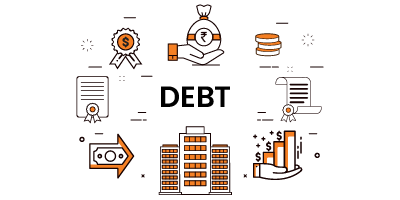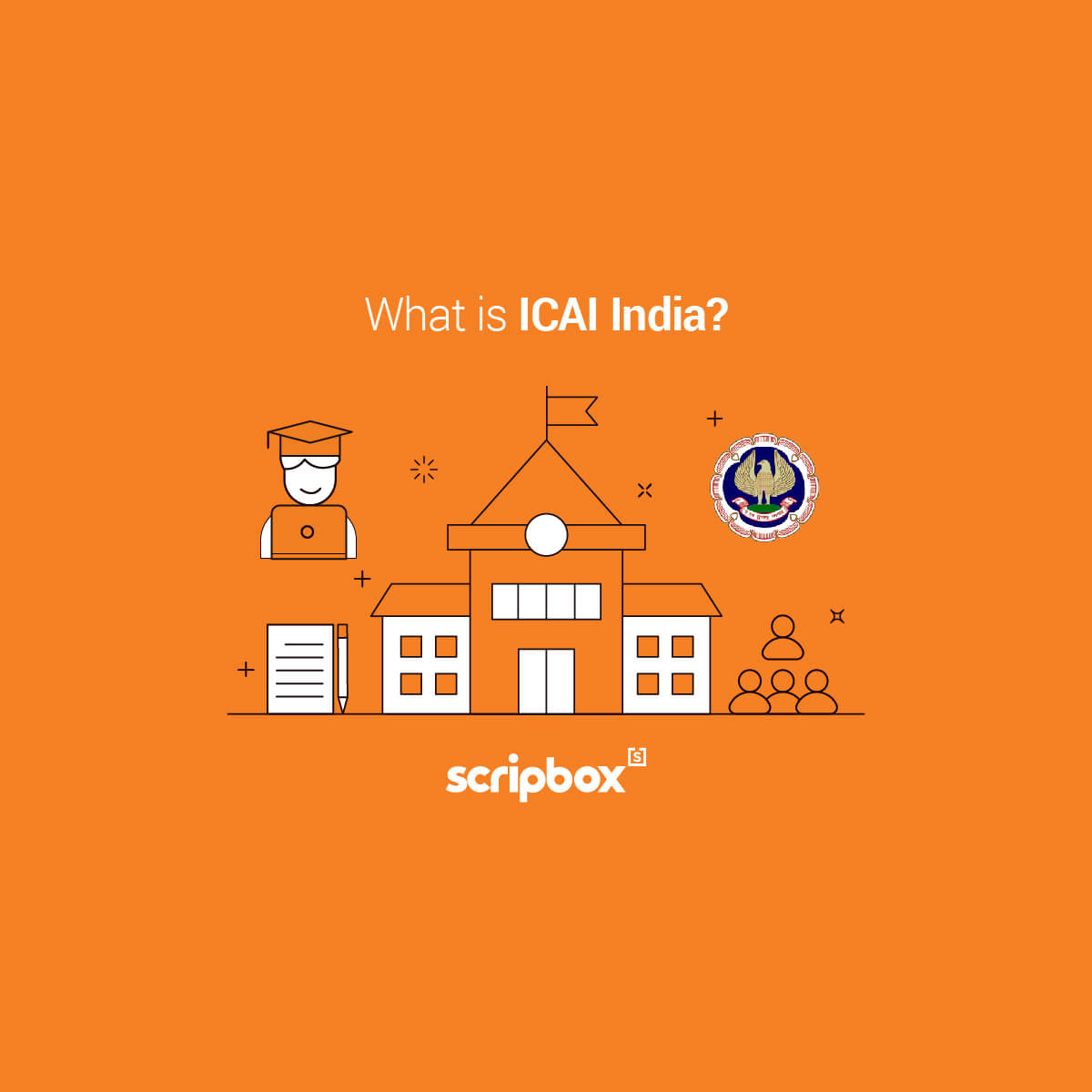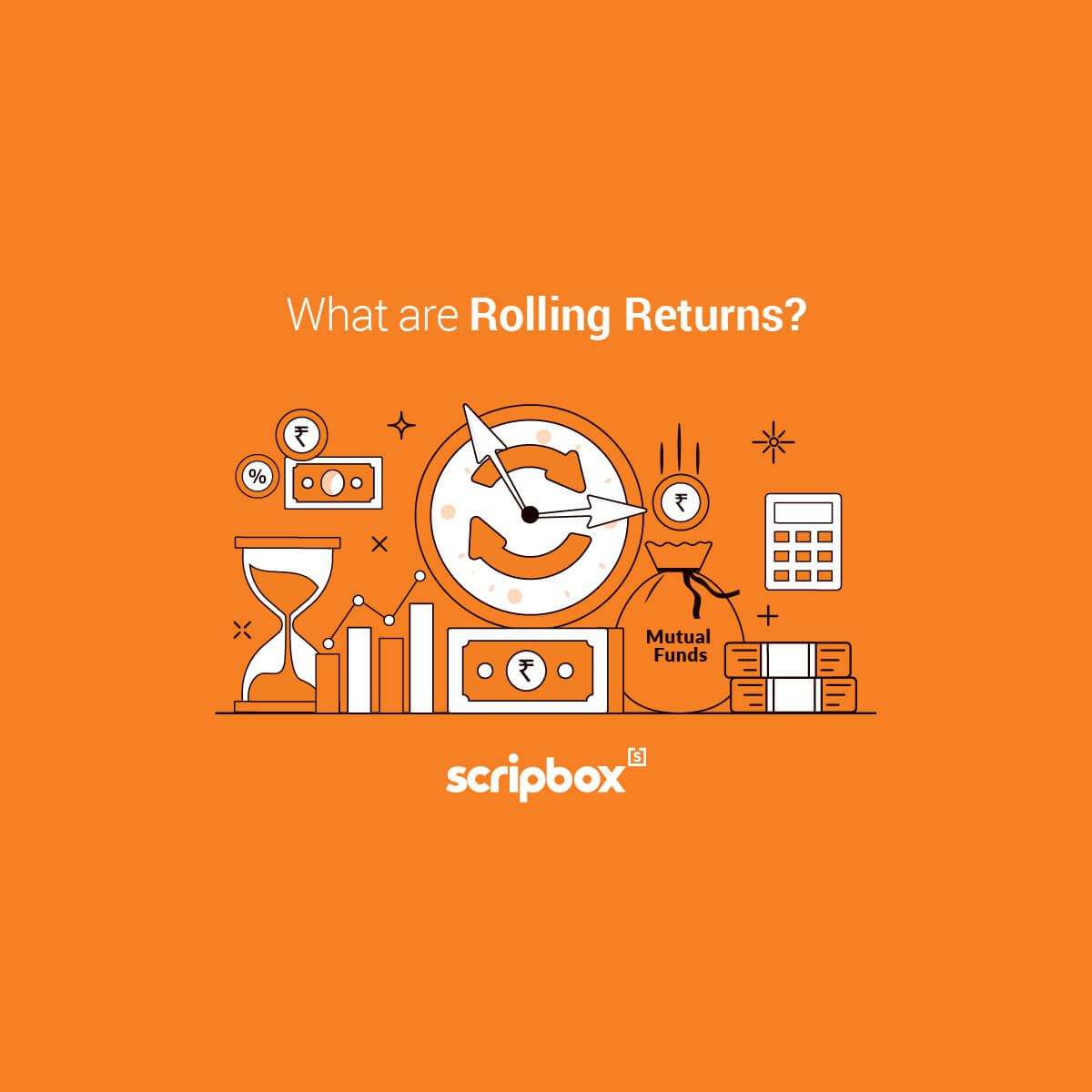Debt Meaning
The definition of debt is ‘an obligation that requires the debtor to pay the money to their creditor.’ Debt is nothing but the amount of money one borrows. In other words, it is the money one spends that isn’t theirs. For example, taking a loan from a bank, making credit card purchases, etc. Large corporations also borrow money to finance their projects and for other business needs.
The most common types of debt are loans and credit cards. In addition to these, corporate borrowings are known as corporate debt. Also, bond and commercial paper are the common types of corporate debt instruments that are not usually available to individuals. Bonds are a type of debt instrument that enables a company to raise funds by selling the promise of repayment to its investors. On the other hand, a commercial paper is a short term debt instrument with a maturity of 270 days or less.
A debt agreement is an agreement that permits the borrowing party to borrow money with an obligation to pay back at a later date, usually with interest. Moreover, one perceives debt as a negative concept. However, with proper planning and management, one can benefit by taking debt to meet their requirements.
Some Examples
A debt is an obligation that one party owes to another. Conventional kinds of debt include loans (student loans, car loans, etc.), mortgages, credit cards, lines of credit, and fixed-income assets such as bonds, debentures, and other securities issued by non-financial institutions and banks.
What are the Types of Debt?
Secured Debt
Secured Debt is a type of debt that is backed by an asset (collateral) to reduce the risk associated with lending. The collateral can be property or cash. If the borrower defaults on a secured loan, the lender can seize the collateral and sell it to recoup the losses. As a result, secured loans often offer lower interest rates. Because the loan is secured by collateral and poses less risk to the lender.
Unsecured Debt
Unsecured debt is a popular form of debt that is not backed by collateral. This implies that if the borrower defaults on the debt payments, the lender has no assets to confiscate in order to recover their losses. Some examples of unsecured loans are student debts, credit cards and personal loans. Personal loans with unsecured debt, however, are subject to higher interest rates due to the absence of collateral. Lenders use credit reports to evaluate the borrower’s creditworthiness.
Revolving Debt
Revolving debt is an arrangement between a lender and borrower that allows the borrower to borrow up to a predetermined amount on a recurrent basis. A credit card or line of credit are instances of revolving debt. A credit card has a credit limit. The customer is free to spend up until the limit is reached. The payment amounts for revolving debt fluctuate based on the current loan balance. Revolving debt can be secured like a home equity line of credit or unsecured like a credit card.
Mortgages
A mortgage is a popular debt option that many customers use. Mortgages are loans used to acquire real estate, with the property itself serving as collateral. A mortgage offers the lowest interest rate among consumer lending products. Furthermore, mortgage interest is frequently tax-deductible while filing taxes. The most popular mortgage loan durations are 15 or 30 years. The durations are longer in order to keep monthly payments affordable for homeowners.
How Does Debt Work?
Debt is the most common form of borrowing money at all levels, personal, commercial or government. For instance, an individual, a business, an employee or a student may require funds for buying goods and services, capital purchases, real estate, or paying tuition fees, respectively.
People and businesses look for financing when they cannot afford to pay under normal circumstances due to income, savings or expense constraints. They approach the concerned party or authority for financing requirements, especially banks or financial institutions. Based on the purpose of the loan, the borrower will receive it in cash or bank accounts or have it transferred to the provider of goods and services like a college, university, automobile showroom, hospital, real estate broker, etc.
Companies may also raise money by issuing bonds for operating or capital expenses. Similarly, countries can borrow money from other countries or international organisations to stabilise their economies or build and improve their infrastructure.
Usually, banks offer secured loans for a fixed period which the borrower backs up with their creditworthiness or collateral. In return, the borrower must pay the interest rate and repay the principal amount. If the borrower fails to make the timely instalments, the issuer can claim or seize the asset in return.
The interest rate is a fixed percentage of the loan that gives a sense of security to the creditor and urgency among borrowers. Also, a loan with strict terms can put a financial burden on the borrower.
What is Corporate Debt?
Companies looking to borrow funds often issue bonds to raise money. Corporate bodies use other forms of debt, such as commercial paper and bonds, to raise money, which is not available to individuals.
Bonds enable corporations to generate capital by selling a repayment guarantee to investors. Institutions and individuals can acquire bonds at a predetermined coupon rate or interest rate.
The operation of corporate debt (bonds) is comparable to that of traditional loans. However, the borrower is the corporation, while investors are either creditors or lenders. Commercial paper is a short-term obligation with a maturity of fewer than or equal to 270 days.
What is the Difference between Debt and Loan?
Loan and debt are terms often used interchangeably due to the reason that they both primarily mean borrowing money. However, there is a small difference between the two. A loan is money borrowed from a lender. On the other hand, debt is the money raised through the issuance of bonds or debentures.
A loan is money one borrows from a lender. The lender can be a bank or a financial institution. Moreover, a loan is more structured in terms of payment, and the principal amount is paid back to the borrower in instalments over a period of time. Also, loans are usually taken by people for their personal uses. However, even companies take loans to run their businesses.
The definition of debt is the money that the company raises through the issuance of bonds and debentures. Governments, companies, trusts, or corporations can issue bonds to fund their business, and the lender, in this case, will be the investor. The investor will receive interest payment regularly until the bond or debenture matures. Also, upon maturity, the investor gets back the entire principal amount in lump sum.
Learn Debentures vs Bonds
Advantages and Disadvantages of Debt
Advantages
Following are the advantages of debt:
- Offers capital to individuals as well as corporates: Through debt, individuals and corporates can get access to capital to complete projects or perform certain tasks.
- No involvement of debt financier: If a corporation borrows money through debt, the debt financier will have zero involvement in the company, unlike equity stockholders.
- Tax Deductions: Having debt will reduce tax obligations. The interest expenses are tax-deductible. For individuals, interest expenses are deductible for mortgages, student loans, and home loans, but not for regular consumer debt (credit cards or personal loans).
- Access to new opportunities: Having access to debt will give individuals and corporates access to new opportunities. Lack of funds often is a hurdle to exploring new opportunities. Thus, debt increases access to new opportunities.
Disadvantages
Following are the disadvantages of debt:
- Increases insolvency risk
- If a debt is secured by collateral, the collateral may be confiscated if the borrower defaults on the agreement.
- Restricts the borrower’s access to new debt when they already have an excessive amount.
Good Debt Vs Bad Debt
All debt comes with a cost, and any borrowed money can be classified as good debt or bad debt based on how it affects your life. Good debt helps you build your wealth or enhance your life in a meaningful way. On the other hand, bad debt does not provide many benefits or returns on what you pay for it. It means borrowing money to purchase rapidly depreciating assets or only for consumption purposes.
A student loan or home loan is a common example of good debt as it helps to increase your earning potential and build wealth. On the contrary, credit cards and personal loans are considered bad debts because they do not provide any return on investment. Also, these loans come with a high-interest rate than other loans.
Therefore, not all debt can be classified as good or bad. Sometimes, it depends on your financial situation and other factors. For instance, borrowing money to pay off the existing debt. This can be good for some people but bad for others.
Secured Debt Vs Unsecured Debt
A debt can also be categorised as secured debt or unsecured debt. The major difference between the two is the presence or absence of collateral. It is a form of security to the lender against the non-repayment from the borrower.
Secured debt means the borrower has to put some asset or collateral for a loan. In the event of default, the lender can use the assets to repay the funds that it has advanced to the borrower.
Unsecured debt is not backed by collateral, and if the borrower defaults on the payment, the lender has no assets to confiscate to recover the losses. For instance, personal loans, credit cards, etc. As a result, unsecured debts are subject to high-interest rates than secured debts. The interest rates are higher due to the absence of collateral. Also, unsecured debts are more flexible as they can be used for a wide range of needs rather than secured debt, which can be used only for a specific reason. Furthermore, there is a quicker application process for unsecured debt as it does not require the application of collateral. Therefore, you must understand the advantages and disadvantages of each while settling the monetary choices.
Discover More
- Debt Meaning
- Confused if your portfolio is performing right enough to meet your goals?
- How long have you been investing in mutual funds?
- What is your current portfolio size?
- What is your approximate annual household income?
- Your profile does not qualify for a call with a Financial Expert.
- What are the Types of Debt?
- How Does Debt Work?
- What is Corporate Debt?
- What is the Difference between Debt and Loan?
- Advantages and Disadvantages of Debt
- Good Debt Vs Bad Debt
- Secured Debt Vs Unsecured Debt
























Show comments